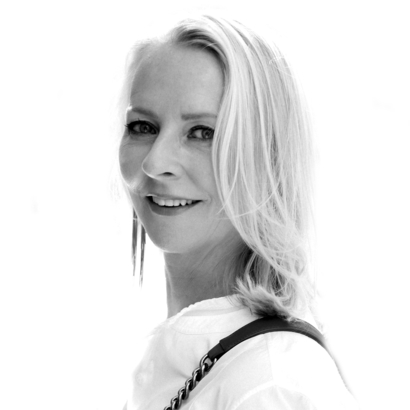If you’re a consumer of pretty much anything, your life is filled with boxes: opening boxes, emptying boxes, breaking down boxes, stacking boxes, recycling boxes, and then waking up and doing it all over again.
If you’re a consumer of beauty products, multiply that by the unwinding of bubble wrap, the flinging of tissue paper, the peeling of cellophane, the unfolding of thick cartons with their whispery A.S.M.R. crunch. If you’ve paid a lot of money for that product, then it might be packaged like a Russian nesting doll, a box within a box within a sleeve. Inside, the jar sits on a little pedestal, like a prize, a special jewel for your face.
There’s probably a miniature plastic lid on top of the cream to keep it snugly in place. And look, a stubby paintbrush to apply the mask, a tiny spatula to scoop out the cream, a sweet metal saucer on which to place the jar next to your sink. How luxurious! How indulgent! How irresistible!
I am not immune to the seduction of beauty packaging. I love the weight of an overpriced jar, the satisfying click of a pricey compact, the snap as the top of a magnetic lipstick tube slides toward its base. There’s a Christmas-morning feeling whenever the Sephora delivery arrives, and I don’t hate that. But still, it’s much too much.
I’m here to tell you, repentance isn’t easy. You might think, Hey, I’ll buy clean beauty! But nearly every beauty product calls itself clean, because there’s no regulation defining the term.
Recycling sounds like the least you could do, except that many skin-care and makeup containers are made of mixed materials or are too small to be recycled, according to Mia Davis, vice president of sustainability and impact at Credo Beauty, the clean-beauty retailer. “The vast majority of beauty packaging is not recyclable.”
“I am a big fan of doing what you can with what you have.... I also don’t think tiny incremental changes are enough,” says Davis. “It’s not that easy.” Her simple advice, for now, is to “choose packaging that’s refillable, reusable, or at least recyclable when you can.” In other words, be less bad.
Refillable products are one route, and companies are coming up with new ones seemingly every other minute. Fenty Beauty by Rihanna, Charlotte Tilbury, Hermès, Givenchy, Hourglass, Milk Makeup, and La Bouche Rouge now all offer at least a few pieces of makeup in refillable containers, and more are coming this year.
There’s a Christmas-morning feeling whenever the Sephora delivery arrives, and I don’t hate that. But still, it’s much too much.
Kjaer Weis is a leader in refillable makeup, with blush, foundation, mascara, lipstick, and lip gloss in handsome cases. Even though it seems as if only the most devoted consumers would exert the effort to refill blush or lipstick containers, their numbers are growing steadily, according to one expert.
“If you’re thoughtful, every little step moves you closer to a system that’s more sustainable,” says Victor Casale, the original chemist at MAC Cosmetics when it launched, in 1985. Casale started taking small steps long ago when most people didn’t think twice about plastic. For instance, with MAC, he pushed to abolish sponge-tipped applicators from eye-shadow palettes and started a recycling program. In the early days, he had to rip out the compacts’ unrecyclable mirrors by hand.
Casale recently co-founded Mob Beauty, a line of entirely refillable makeup made of 50 percent post-consumer recycled material. Together, he and Davis started the Pact Collective, a nonprofit group that collects difficult-to-recycle beauty packages in order to keep them from diverting to landfills. It also educates the industry about packaging solutions so other makeup companies, especially ones with small budgets, can make better choices.
The big, global beauty powerhouses have pledged to reduce plastic waste and switch to more sustainable packaging by 2025. And that’s excellent. But regular people are getting antsy, and many want to do something now.
That might start by reconsidering the whole notion of what constitutes a beautiful package. Rather than the shiny, heavy, elaborate excess, a sense of elegance could come from a reverence for non-metallic simplicity. Casale is a bit more impassioned than that, saying, “We should be embarrassed to hold up a lipstick made of five different materials that can’t be recycled.”
It also might mean a larger shift in behavior from acquisitiveness to discernment. “We cannot recycle our way out of our lifestyle,” he says.
“Our society doesn’t value things for as long as they used to,” says Casale. At MAC, he created products he hoped would have a life span of 10 to 15 years. Now, says Casale, “after 16 months, the customer says, ‘What’s next?’” The result is a sense of impermanence and impatience, along with an enormous amount of waste.
Coco Chanel once said, “Elegance is refusal.” Mies van der Rohe applied “Less is more” to architecture. In so many ways, they were ahead of their time.
Linda Wells spent 25 years as Allure magazine’s founding editor in chief, served as Revlon’s chief creative officer, and currently consults and sits on the boards of several beauty and apparel companies


